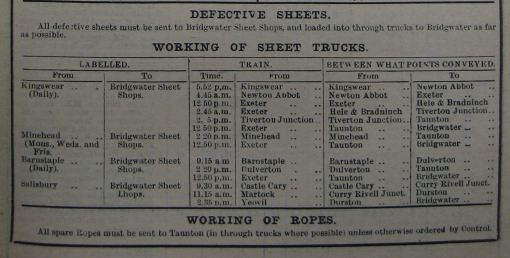Or ‘cartage’ by another name.
Basilica Fields is set in the period 1890-1905 at which time options for the transport of goods were limited to canal, rail and road with movement on the road being mostly by ‘horse and cart’. So in the late Victorian era goods traffic was moved between towns (or village, or city, or colliery or dock…) by the railways at a fine pace…and then delivery to customer’s premises would be dependent upon how fast the horse would go whilst pulling a loaded lorry. Whilst the GWR, in common with many other railway companies, used steam lorries for heavy loads, the use of petrol /diesel power for mechanisation of the collection and delivery of traffic was not viable in the Basilica Fields timescale. We prefer to leave such advances to be hidden in the mists of time – or the depths of a London pea-souper.
Back to the topic… This journal has introduced previously the subject of Artillery Lane and the GWR Goods Depot at Gun Street, a small depot which acted as a satellite to the GWR depot which served Smithfield Market. In truth the East End of London seemed to be awash with goods facilities for some of those railway companies which served London – try ‘Town And Country’ Vol. 1, (Irwell Press) for a map showing the coal, grain, potato and general merchandise depots and yards to be found within a few miles of Fenchurch Street station. Artillery Lane is the first part of Basilica Fields to be described in detail so far; there are many more locations to be described in the journal and some of those locations include goods facilities such as coal drops, warehouses and docks…mostly served by the Great Eastern Railway.
Which means that the streets, yards and depots of Basilica Fields will feature a wide range of railway wagons (to carry the traffic to / from the sidings) and an equally wide range of horse-drawn lorries, vans and poles. Each location in Basilica Fields will illustrate the handling of specific traffics and the horse-drawn vehicles will be those appropriate to the traffic and the railway company. So, for example, the traffic which is handled at the Gun Street depot requires horse-drawn vehicles of the type(s) which the GWR developed for it. In addition to the horses and the horse-drawn vehicles, the cartage services dictated that the railway company provided ‘bed and breakfast’ for the horses, and so Gun Street is provided with stables and a provender store – which is cue for two specialised traffics, being provender in and manure out.
As a description of the horse-drawn lorries and vans for Gun Street requires an understanding of the traffic through that depot, then the GWR Cartage Services for Gun Street Depot starts with details of goods received and dispatched.
